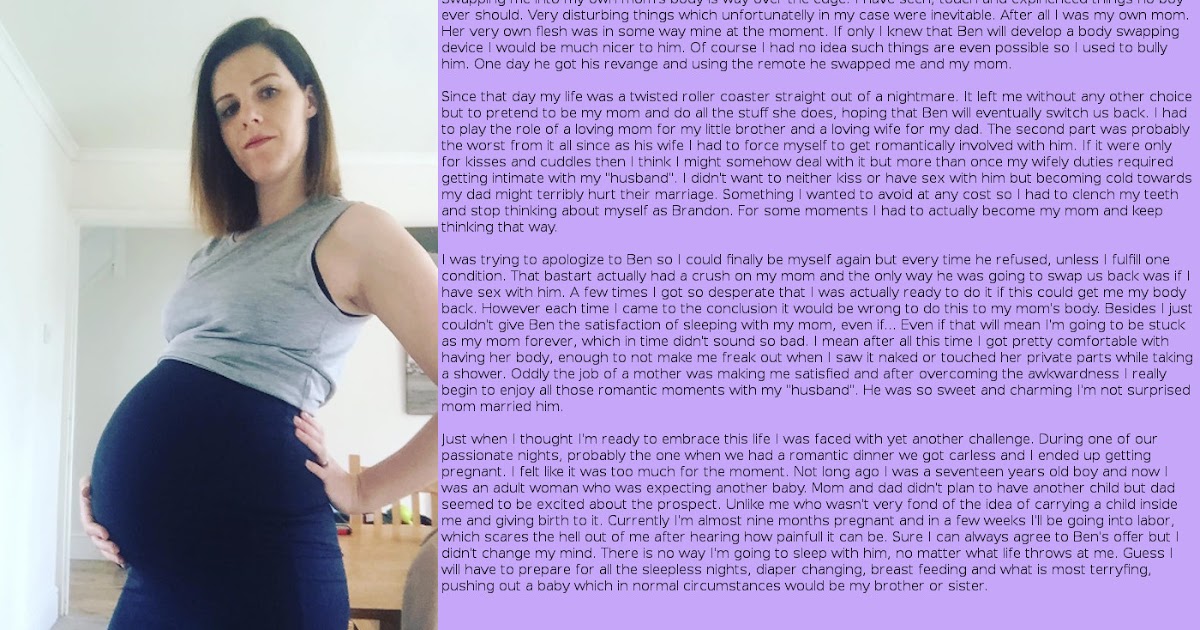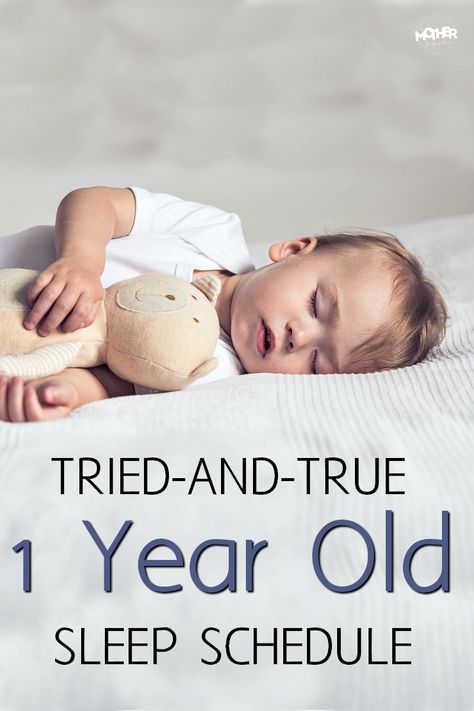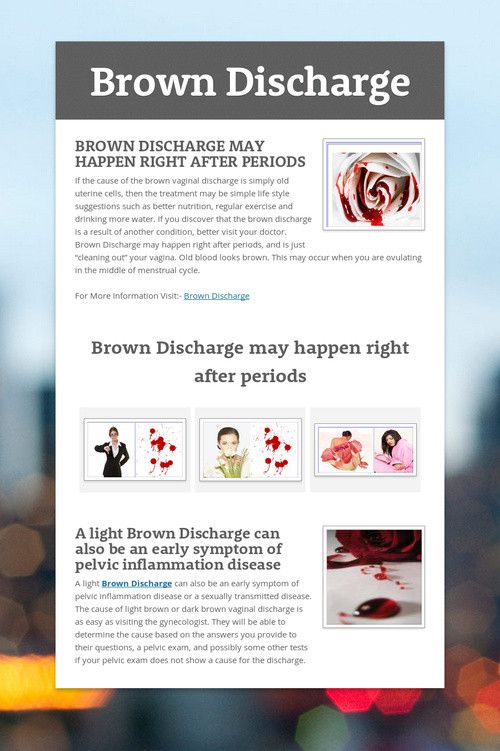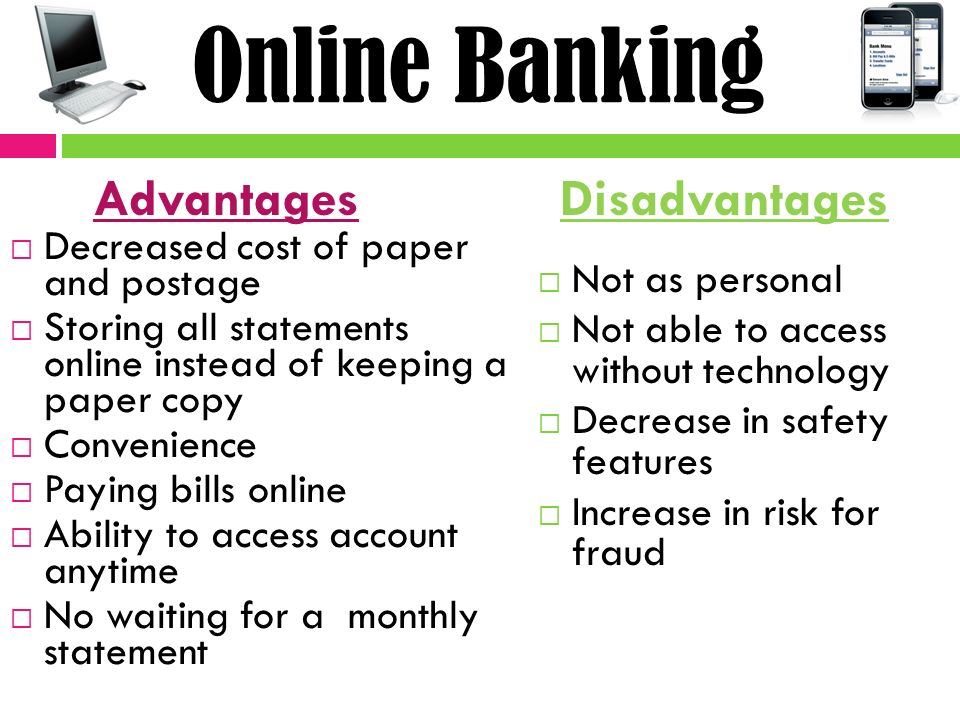Baby sleeping patterns 2 months
Baby sleep: what to expect at 2-12 months
Baby sleep needs
Babies need sleep to grow and develop well. But babies’ sleep needs vary, just as the sleep needs of older children and adults do. Your baby might be doing well with more or less sleep than other babies the same age.
Your baby’s mood and wellbeing is often a good guide to whether your baby is getting enough sleep. If your baby is:
- wakeful and grizzly, they might need more sleep
- wakeful and contented, they’re probably getting enough sleep.
How baby sleep changes from 2 to 12 months
As they get older, babies:
- sleep less in the daytime
- are awake for longer between naps
- have longer night-time sleeps and wake less at night
- need less sleep overall.
2-3 months: what to expect from baby sleep
At this age, babies sleep on and off during the day and night. Most babies sleep for 14-17 hours in every 24 hours.
Young babies sleep in cycles that last 50-60 minutes. In young babies, each cycle is made up of active sleep and quiet sleep. Babies move around and grunt during active sleep, and sleep deeply during quiet sleep.
At the end of each cycle, babies wake up for a little while. They might grizzle or cry. They might need help to settle for the next sleep cycle.
At 2-3 months, babies start developing night and day sleep patterns. This means they tend to start sleeping more during the night.
Around 3 months: what to expect from baby sleep
Babies keep developing night and day sleep patterns.
Their sleep cycles consist of:
- light sleep, when baby wakes easily
- deep sleep, when baby is sound asleep and very still
- dream sleep, when baby is dreaming.
Sleep cycles also get longer, which might mean less waking and resettling during sleep. At this age, some babies might regularly be having longer sleeps at night – for example, 4-5 hours.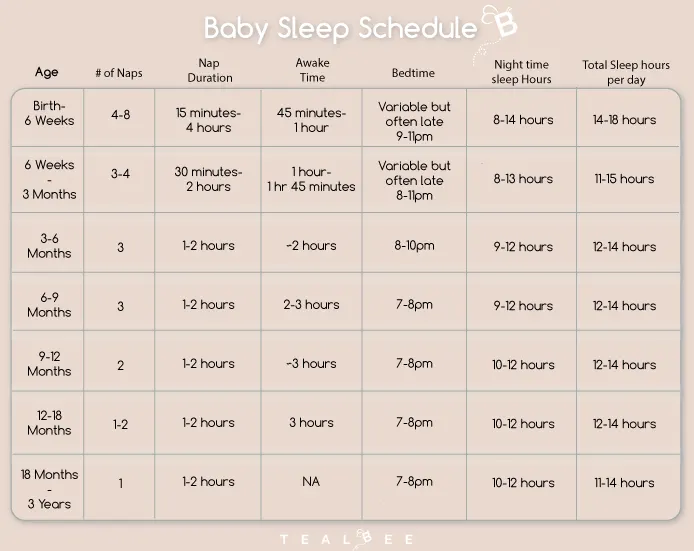
Most babies still sleep for 14-17 hours in every 24 hours.
3-6 months: what to expect from baby sleep
At this age, most babies sleep for 12-15 hours every 24 hours.
Babies might start moving towards a pattern of 2-3 daytime sleeps of up to two hours each.
And night-time sleeps get longer at this age. For example, some babies might be having long sleeps of six hours at night by the time they’re six months old.
But you can expect that your baby will still wake at least once each night.
6-12 months: what to expect from baby sleep
Babies sleep less as they get older. By the time your baby is one year old, baby will probably sleep for 11-14 hours every 24 hours.
Sleep during the night
From about six months, most babies have their longest sleeps at night.
Most babies are ready for bed between 6 pm and 10 pm. They usually take less than 40 minutes to get to sleep, but some babies take longer.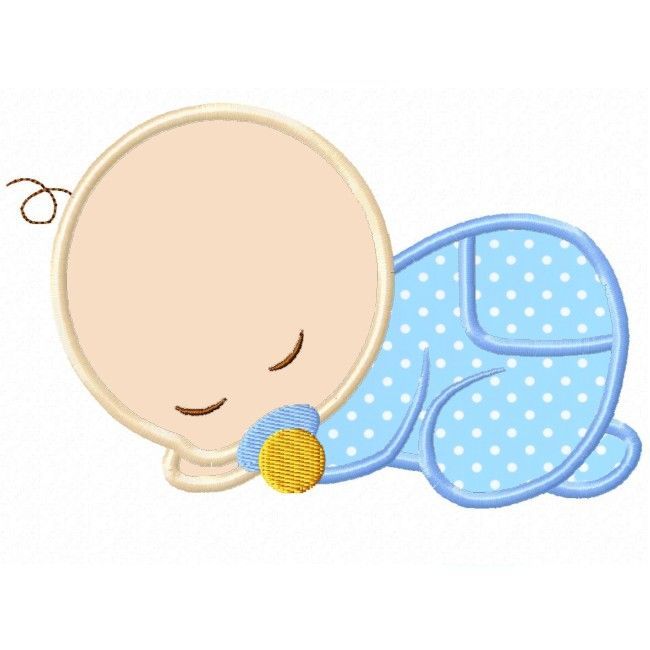
At this age, baby sleep cycles are closer to those of grown-up sleep – which means less waking at night. So your baby might not wake you during the night, or waking might happen less often.
But many babies do wake during the night and need an adult to settle them back to sleep. Some babies do this 3-4 times a night.
Sleep during the day
At this age, most babies are still having 2-3 daytime naps that last for between 30 minutes and 2 hours.
6-12 months: other developments that affect sleep
From around six months, babies develop many new abilities that can affect their sleep or make them more difficult to settle:
- Babies learn to keep themselves awake, especially if something interesting is happening, or they’re in a place with a lot of light and noise.
- Settling difficulties can happen at the same time as crawling. You might notice your baby’s sleep habits changing when baby starts moving around more.
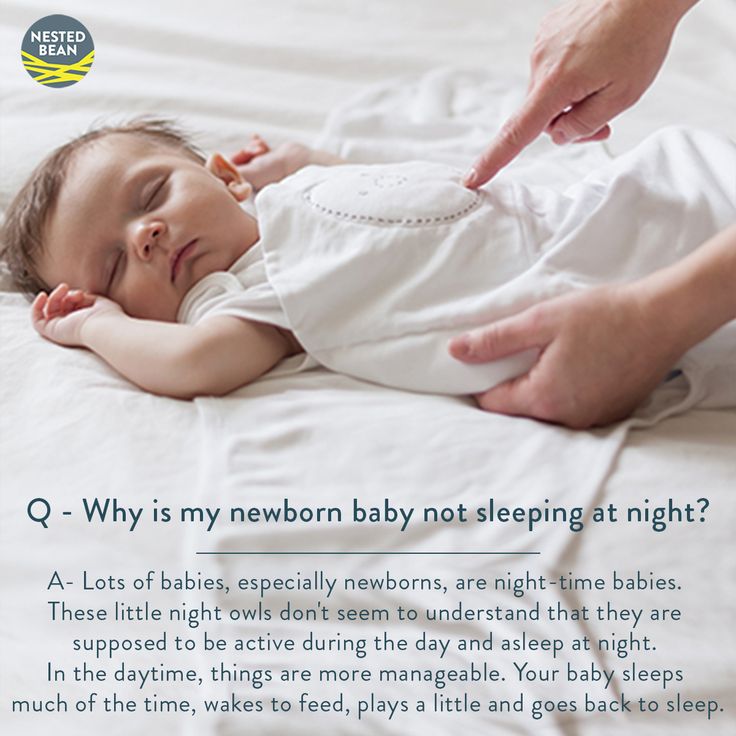
- Babies learn that things exist, even when they’re out of sight. Now that your baby knows you exist when you leave the bedroom, baby might call or cry out for you.
- Separation anxiety is when babies get upset because you’re not around. It might mean your baby doesn’t want to go to sleep and wakes up more often in the night. As babies mature they gradually overcome this worry.
6-12 months: night-time feeding
From around six months of age, if your baby is developing well, it’s OK to think about night weaning and phasing out night feeds. But if you’re comfortable with feeding your baby during the night, there’s no hurry to phase out night feeds.
You can choose what works best for you and your baby.
A rollover feed is a late feed somewhere between 10 pm and midnight. Some parents find that rollover feeds help babies sleep longer towards morning. If this works for you and your baby, it’s fine to give baby a rollover feed.
Concerns about baby sleep
If you’re concerned about your baby’s sleep, it can be a good idea to track your baby’s sleep for a week or so. This can help you get a clear picture of what’s going on.
This can help you get a clear picture of what’s going on.
You can do this by drawing up a simple chart with columns for each day of the week. Divide the days into hourly blocks, and colour the intervals when your baby is asleep. Keep your chart for 5-7 days.
Once completed, the chart will tell you things like:
- when and how much sleep your baby is getting
- how many times your baby is waking during the night
- how long your baby is taking to settle after waking.
You can also record how you tried to resettle your baby and what worked or didn’t work.
Then you can compare the information in your chart with the general information about baby sleep needs above:
- How does your child compare to other babies the same age? If your baby is wakeful and grizzly and getting much less sleep than others, your baby might need more opportunities for sleep.
- How many times is your baby over six months old waking up during the night? If it’s 3-4 times a night or more, you might be feeling very tired.
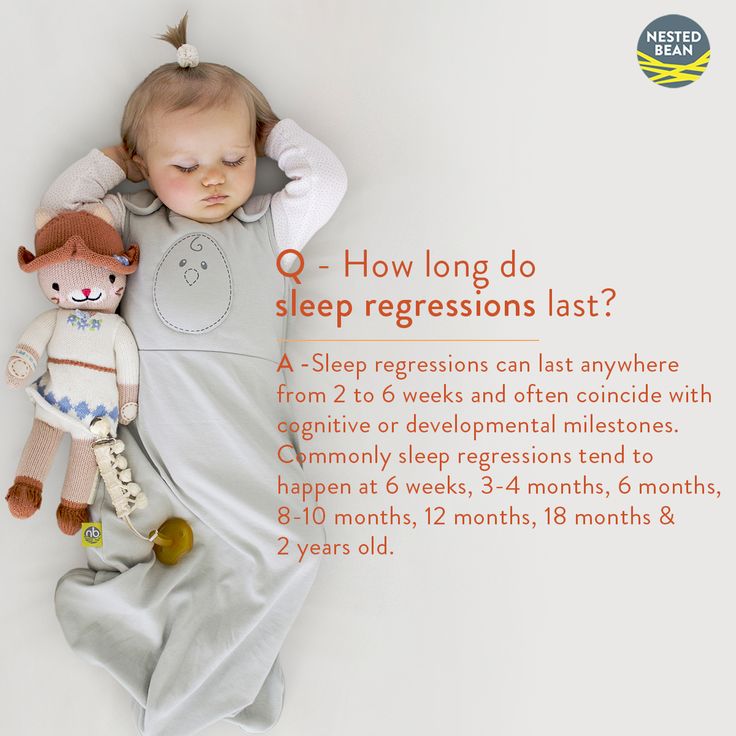 You might want to think about phasing out some of your baby’s sleep habits.
You might want to think about phasing out some of your baby’s sleep habits.
If you decide you need to see a professional for help with your baby’s sleep, take your chart with you.
If you’re concerned about your baby’s sleep, it’s a very good idea to see a child health professional for help. You could start by talking with your GP or child and family health nurse.
How baby sleep patterns affect grown-ups
Babies and grown-ups need sleep for wellbeing, but babies sleep differently from adults. Most parents of babies under six months of age get up in the night to feed and settle their babies. For many, this keeps going after six months.
Some parents are OK with getting up a lot at night as long as they have enough support and they can catch up on sleep at other times. For others, getting up in the night over the long term has a serious effect on them and their family lives.
The quality of your sleep can affect your health and your mood. Being exhausted can make it hard to give your baby positive attention during the day.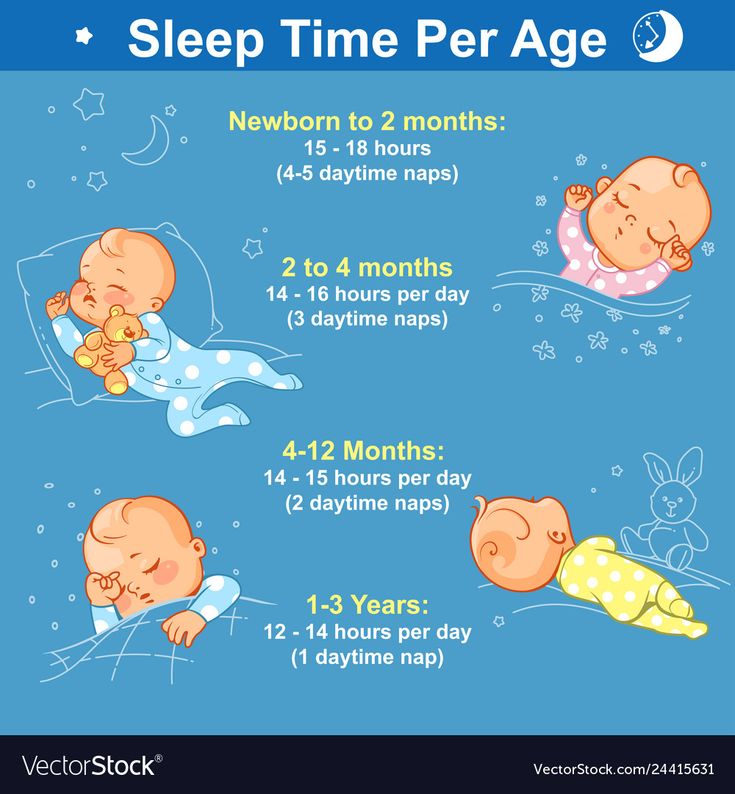 And your relationship with your baby and the time and attention you give baby during the day can affect the quality and quantity of baby’s sleep.
And your relationship with your baby and the time and attention you give baby during the day can affect the quality and quantity of baby’s sleep.
So it’s important that you get some help if you’re not getting enough sleep. You could start by asking family or friends for help. And if you feel that lack of sleep is affecting you mentally or emotionally, it’s a very good idea to talk with your GP or another health professional.
There’s a strong link between baby sleep difficulties and symptoms of postnatal depression in women and postnatal depression in men. But the link isn’t there if parents of babies with sleep difficulties are getting enough sleep themselves.
Languages other than English
- Arabic (PDF: 471kb)
- Dari (PDF: 469kb)
- Karen (PDF: 298kb)
- Persian (PDF: 420kb)
- Simplified Chinese (PDF: 502kb)
- Vietnamese (PDF: 324kb)
2-3 Month Old Baby Sleep Guide | Newborn Sleep
Your 2 or 3-month-old baby’s sleep is a period of transition – your baby is still eating frequently and sleeping in short cycles.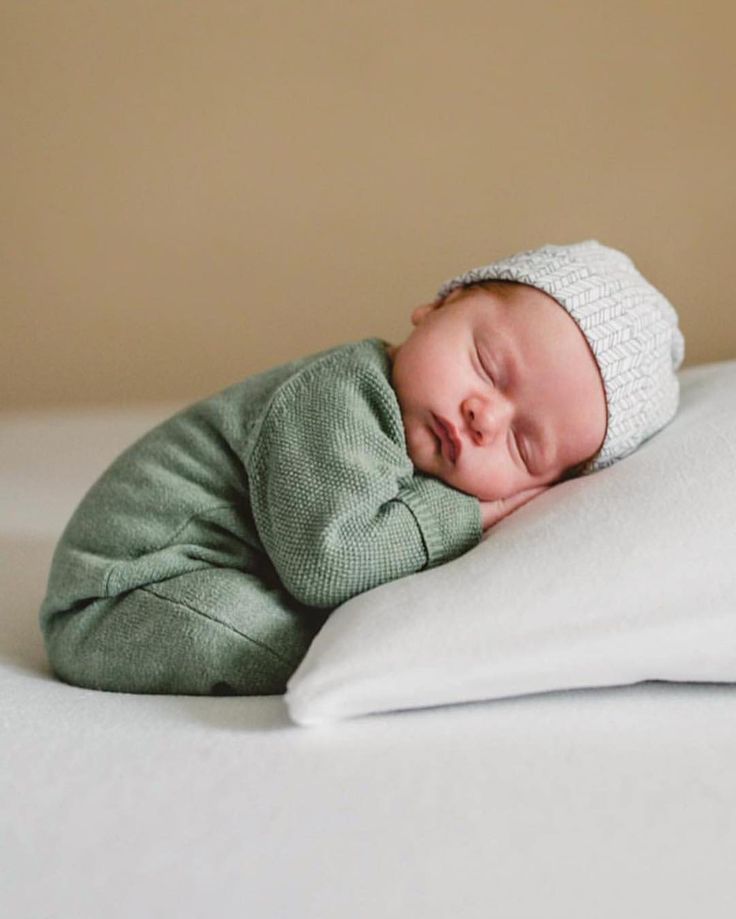 However, during this stretch, you will likely notice that your baby is increasingly alert, which can mean that some of the peaceful sleep you may have enjoyed during the first 8 weeks disappears.
However, during this stretch, you will likely notice that your baby is increasingly alert, which can mean that some of the peaceful sleep you may have enjoyed during the first 8 weeks disappears.
By contrast, some parents find that sleep tends to even out a bit around 3 months; some parents even start getting that elusive longer stretch of sleep at night around this time. That is, until possibly 4 months old.
However, if you’re still dealing with lots of night waking or with short naps, don’t worry – these are very common problems at this stage.
2 or 3 Month Old Baby’s Sleep: An Overview
At 2 months old, you will no doubt notice that your baby is becoming more and more alert. While this newfound alertness is exciting, it can also mean that your baby’s naps suddenly become shorter and more erratic and that it’s harder to get your baby to actually fall asleep.
By the time your baby is 3 months old, however, sleep may have started to regulate itself. You may also find that your baby is beginning to consolidate feedings; you may start seeing more feedings during the day, with fewer happening at night.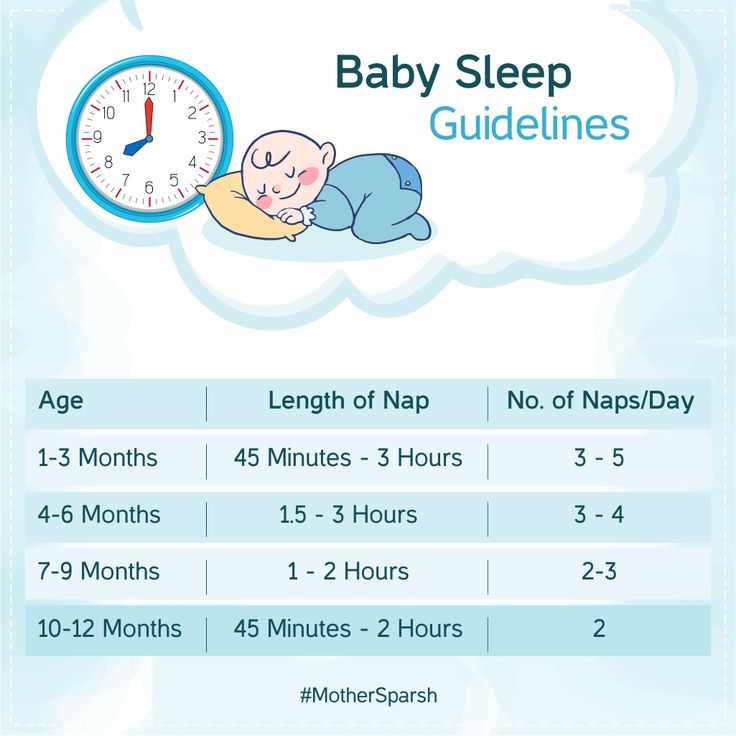
How much should a 2-Month old sleep?
Most 2-month olds need 10-12 hours of nighttime sleep and 4-6 hours of sleep during the day for a total of ~14 hours of sleep in a 24-hour period.
How much should a 3-Month old sleep?
Most 3-month olds need 11-12 hours of nighttime sleep and 3-4 hours of sleep during the day for a total of ~14 hours of sleep in a 24-hour period.
The main difference between a 2-month old and a 3-month old is that a 3-month old may have transitioned to a 3-4-nap sleep schedule and their sleep may be becoming a bit more predictable.
2-3 Month Old Baby’s Sleep: Growth Spurts
There’s a growth spurt right around 2 months, and then another at 3 months. While some families may not notice these growth spurts at all, others will notice the telltale signs of a growth spurt at these ages – that is, a baby who seems extra hungry and extra sleepy.
This article about how baby growth spurts affect sleep is a helpful resource to get you through all your baby’s growth spurts.
2 Month Old Baby’s Sleep: Naps and Bedtime Help
Your 2-month-old baby’s naps may be erratic and short. That’s thanks to your baby’s new alertness and awareness of the world. You may also find that it’s harder to get your baby to fall asleep, now that she’s interested in and aware of what’s happening around her.
Don’t let this get you down – stick to your usual sleep and feeding cycles and routines. You’ll also want to watch for signs of over-tiredness carefully, as your baby may be too focused and alert to get drowsy and fall asleep when she’s really tired.
If you haven’t yet created a bedtime or nap time routine, this is a great time to start. There’s no better way to signal to your baby that it’s time to get drowsy and fall asleep! For more 2 month old baby sleep help, check out this article.
3 Month Old Baby’s Sleep: How Does It Change?
Your 3-month-old baby, on the other hand, may start to fall into a semi-predictable nap and feeding schedule. Not all 3-month-old babies do this, of course, but some babies show signs of regulating their sleep a bit at this stage.
Not all 3-month-old babies do this, of course, but some babies show signs of regulating their sleep a bit at this stage.
By 3 months old, many parents start to notice slightly longer stretches of awake time during the day, and longer stretches of sleep at night.
However, don’t assume that this means sleep problems are solved; the 4 month sleep regression tends to throw even the best 3-month-old sleepers off their game!
That’s why it’s key to continue strengthening your nap time and bedtime routines at this stage. This is also a great time to begin working towards independent sleep if you haven’t already. Try putting your baby down drowsy but awake for one or two naps during the day.
How Many Naps Should a 2 or 3 Month Old Take?
This baby and toddler nap chart is a great resource for helping you determine the number of naps (and the ideal nap lengths) for your baby.
What Bedtime for a 2-3-Month-Old?
As for bedtime, many parents find a later bedtime works for their 2-month-old babies. That’s because, at this age, it still makes sense to time baby’s bedtime up with your own, in order to maximize your own sleep. Since a baby’s longest, deepest stretch of sleep is usually the first stretch after bedtime, this helps your sleep as well.
That’s because, at this age, it still makes sense to time baby’s bedtime up with your own, in order to maximize your own sleep. Since a baby’s longest, deepest stretch of sleep is usually the first stretch after bedtime, this helps your sleep as well.
However, you can start easing into an earlier bedtime once your baby is 3 months old. This bedtime chart will help you identify your baby’s ideal bedtime.
Daily Schedules for a 2-Month-Old? Is That Possible? What About a 3-Month-Old?
Your 2-month-old baby’s schedule should allow for a relatively short wake time between naps. It should also allow for plenty of daytime feedings; feeding often during the day is an important step to encouraging your baby to sleep through the night.
It’s also important not to focus much at all on the clock at this age. Instead, focus more on sleep and feeding cycles. While a small percentage of 3-month-old babies may fall naturally into a clock-based schedule, that is still a ways away for many babies.
Sample Schedules
Review these sample schedules for your 2-3-month-old but remember, they won’t always be overly predictable at this age:
2 Month Old Sample Schedule
3 Month Old Sample Schedule
To get a customized nap schedule template for your baby – one that accounts for your child’s age and usual morning wake-up time – use our custom baby and toddler schedule maker. Or, log in to our VIP Members’ Area and use our members-only schedule maker – it includes feeding times!
Your 2 Month Old or 3 Month Old Baby: What You Need To Know About Sleep Training
Generally speaking, 2 months or 3 months old is too early to start working on formal sleep training in earnest. You’ll want to wait until your baby is around 4 months old before you start that.
However, this is a great time to start strengthening your pre-sleep routines; it’s also a good time to begin laying a foundation for healthy sleep habits if you haven’t already.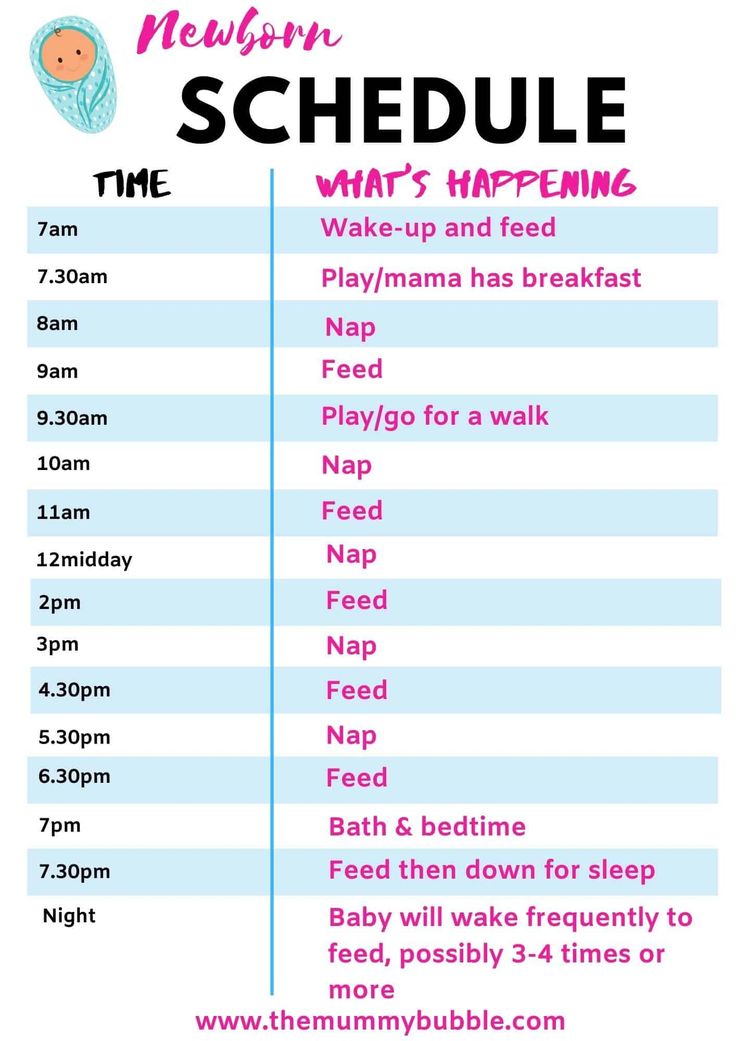
One way to do that is to establish fixed points in your baby’s day. You can start with your baby’s morning wake-up time, for example, and then move to fixing the timing of the first nap, and/or bedtime. Fixed points are a great way to begin establishing a predictable sleep schedule, which is key to having a baby who eventually sleeps through the night.
If you are looking for ways to get your 2 month old or 3 month old baby sleeping better, our Members Area is an awesome resource! It’s the sleep help resource that really grows with your child; when you join The Baby Sleep Site®’s Members Area, you’ll have access to sleep tools designed for newborns, and sleep tools designed for toddlers – and everything in between! Our VIP Members Area is packed with exclusive content and resources: e-Books, assessments, detailed case studies, expert advice, peer support, and more. It actually costs less to join than buying products separately! As a VIP member, you’ll also enjoy a weekly chat with an expert sleep consultant and our “Ask the Author” feature!
For more help with your 2 month or 3 month old, you may be interested in these VIP-only resources:
- Meet Caitlin Who Successfully Sleep Trained Her 3 Month Old
- Essential Keys To Your Newborn’s Sleep (digital e-Book)
- Mastering Naps and Schedules (digital e-Book)
- Chat Live with a Sleep Consultant
- Establishing Healthy Sleep Habits in Your Newborn (audio tele-seminar recording with founder)
- How To Put Your Baby On A Schedule (audio tele-seminar recording with founder)
Educational Toys for Your 2-3 Month Old
Although toys do not promote sleep, how you spend awake time with your baby can influence their sleep.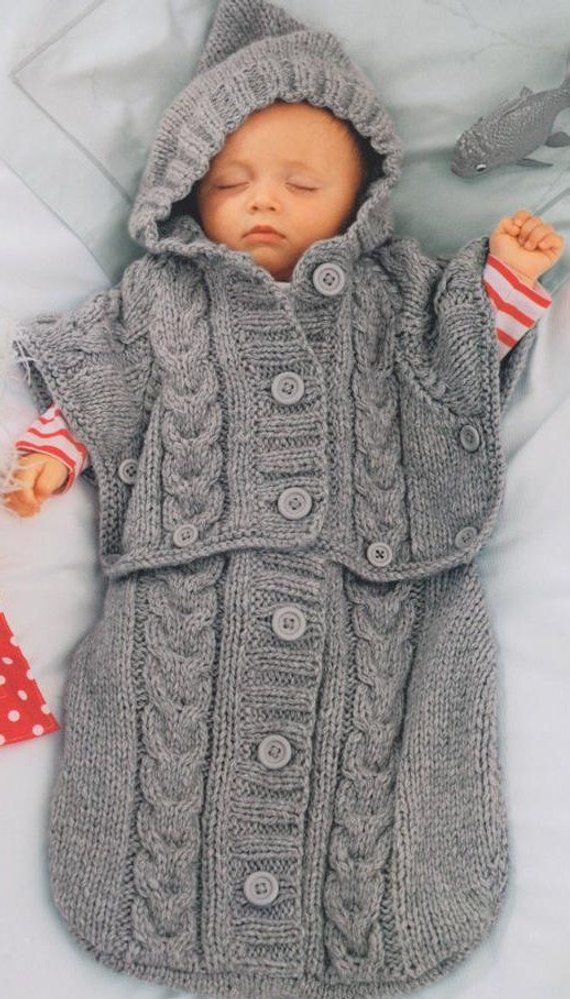 Be sure to give them a great opportunity for stimulation with these educational toys:
Be sure to give them a great opportunity for stimulation with these educational toys:
Share your stories about YOUR 2 month old baby or 3 month old baby’s sleep below!
The Baby Sleep Site® is a participant in the Amazon Services LLC Associates Program and other product affiliate programs. If you click on a product link and make a purchase, The Baby Sleep Site® may (but not always) receive a small commission from the company selling the product, but will not affect your purchase price. We only recommend products that we believe are quality products and are good for our readers.
Need Baby and Toddler Sleep Help? We Have the Resources You Need!If you are tired of wading through stacks of baby sleep books that just aren't working, if you are beyond exhausted and just can't solve your child's sleep problems on your own.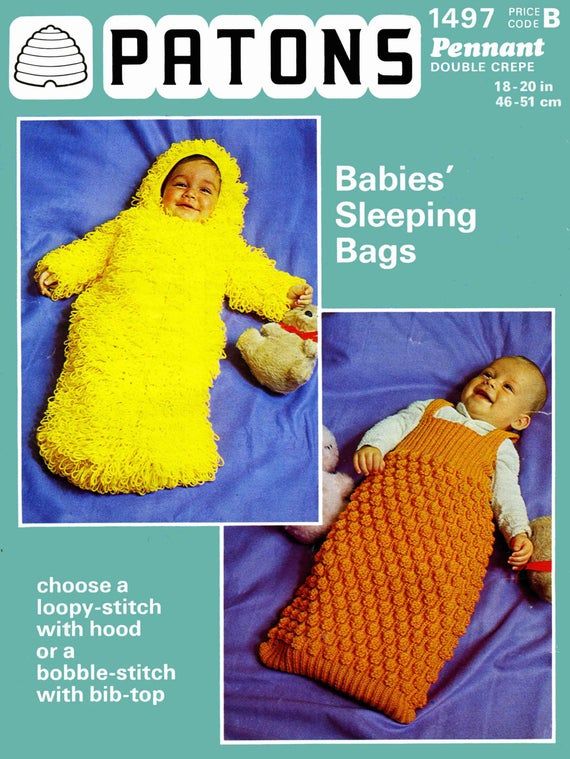 ..then personalized sleep consulting is for you. We have been around since 2008 and invite you to tap into our MANY years of experience. Our team of expert consultants will create a Personalized Sleep Plan® just for your family and then support you through every step of implementing your plan. We encourage you to consider our personalized, one-on-one baby and toddler sleep consultation packages if you want to see real, meaningful results now. Your consultation package also includes ample follow-up help, designed to help you troubleshoot problems and tweak your plan as needed.
..then personalized sleep consulting is for you. We have been around since 2008 and invite you to tap into our MANY years of experience. Our team of expert consultants will create a Personalized Sleep Plan® just for your family and then support you through every step of implementing your plan. We encourage you to consider our personalized, one-on-one baby and toddler sleep consultation packages if you want to see real, meaningful results now. Your consultation package also includes ample follow-up help, designed to help you troubleshoot problems and tweak your plan as needed.
Learn More About Services
For those persistent nighttime struggles, check out The 3 Step System to Help Your Baby Sleep. Using the same unique approach and practical tools for success, this e-book helps you and your baby sleep through the night.
Learn More About The 3-Step System
If you’re looking for ways to get your baby or toddler into a healthy sleeping routine during the day, explore Mastering Naps and Schedules, a comprehensive guide to napping routines, nap transitions, and all the other important “how-tos” of good baby sleep.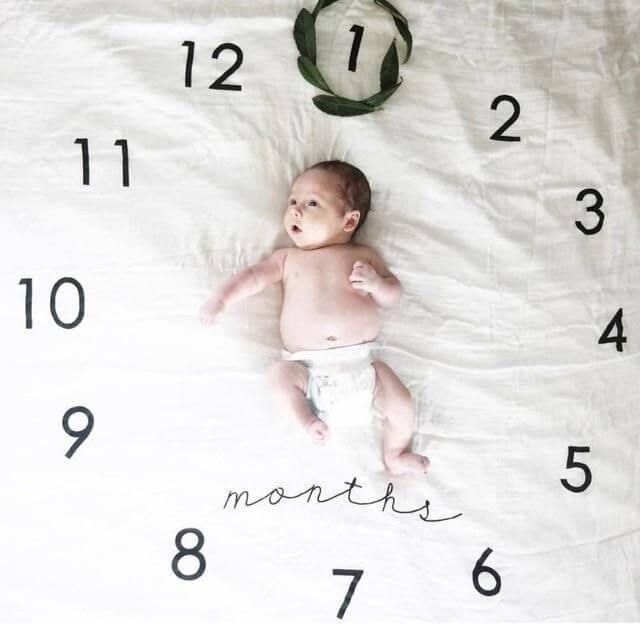 With over 45 sample sleep schedules and worksheets, Mastering Naps and Schedules is a hands-on tool ideal for any parenting style.
With over 45 sample sleep schedules and worksheets, Mastering Naps and Schedules is a hands-on tool ideal for any parenting style.
Learn More About Mastering Naps
For those persistent toddler sleep struggles, check out The 5 Step System to Help Your Toddler Sleep. Using the same unique approach and practical tools for success, this e-book helps you and your toddler sleep through the night and enjoy a better daytime schedule.
Learn More About The 5-Step System
Join our VIP Members Area packed with exclusive content and resources: e-Books, assessments, detailed case studies, expert advice, and more. As a VIP member, you'll also enjoy a weekly chat with an expert sleep consultant.
Learn More About VIP Membership
The daily routine of a child at 2 months: development, sleep, feeding
03/21/2019
98
At 2 months, your baby is no longer the same as it was only 4 weeks ago. The baby becomes more active, his sense organs develop, his sleep and wakefulness change. We tell you what you need to consider when shaping the daily regimen of two-month-old children on breastfeeding and artificial feeding.
The baby becomes more active, his sense organs develop, his sleep and wakefulness change. We tell you what you need to consider when shaping the daily regimen of two-month-old children on breastfeeding and artificial feeding.
Sleep at night
By 2 months you will notice that your baby's sleep patterns are changing. The biological rhythms of the baby continue to form, and the duration of night sleep gradually increases. The child will begin to go into the night earlier - at 22.00-23.00 hours. But for the time being, bedtime is not as important as whether the baby gets enough sleep. Many children sleep around 9-10 hours at night with awakenings for feeding. How long you should be between night feeds is best discussed with your pediatrician. The time of the morning rise is also not yet constant and not always at 7 in the morning.
Daytime sleep
The duration and time of daytime naps are still different, as well as the time of wakefulness between them.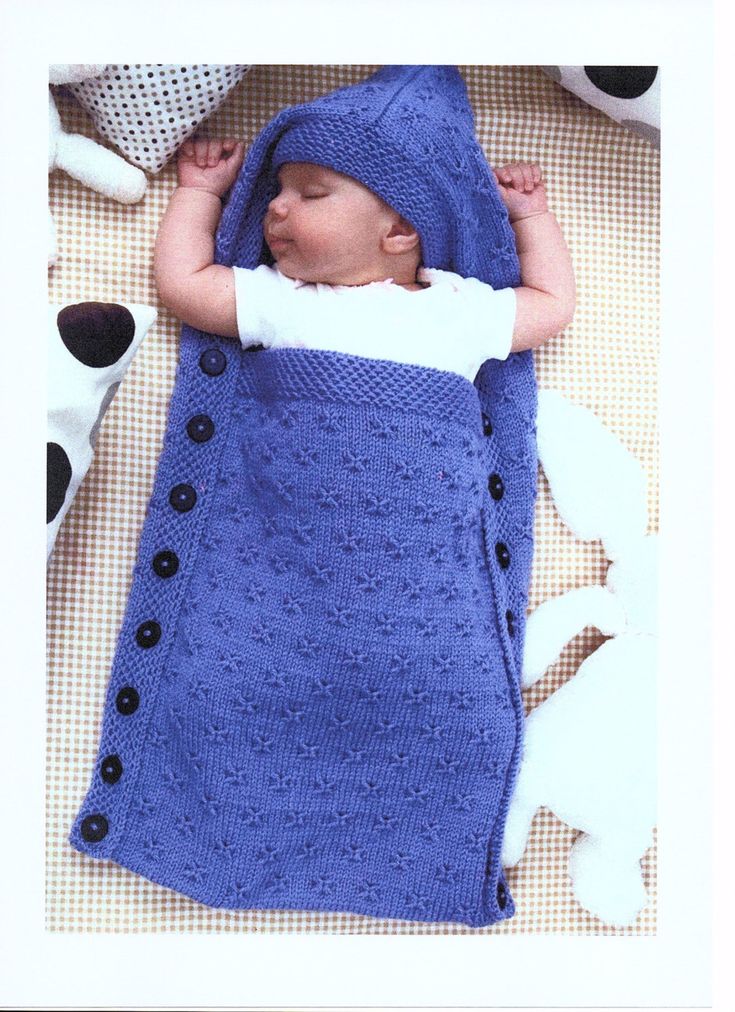 In general, a two-month-old baby sleeps approximately 4-5 hours during the day. And sleep segments are now usually from 30-40 minutes to an hour. During the day, the child sleeps from 4 to 6 times - depending on the time of getting up and leaving at night.
In general, a two-month-old baby sleeps approximately 4-5 hours during the day. And sleep segments are now usually from 30-40 minutes to an hour. During the day, the child sleeps from 4 to 6 times - depending on the time of getting up and leaving at night.
Baby can be active for up to 1 hour or 1 hour and 15 minutes. But you should not allow overwork and focus also on the signs of fatigue and the duration of the previous sleep.
If a two-month-old baby calms down, loses interest in surrounding objects, starts rubbing his eyes, directs his eyes to one point, for no reason starts to get nervous and asks for food, then he wants to sleep and it's time to go to bed.
How many hours of sleep is needed in general? A newborn needs 14-16 hours of sleep a day.
By this age, you already understand your baby better, and it will be easier to follow a more or less understandable schedule. Although the exact daily routine has not yet been organized.
Why can a two-month-old baby not sleep?
If bedtimes are long and it is difficult for the child to fall asleep during the day, the causes of sleep disturbances should be found out and, if possible, eliminated:
-
At this age, the baby begins to be distracted by the surrounding objects, so be sure to darken the room. Darkness will help calm the baby and set him to sleep. This is especially important if you have trouble falling asleep in the evening. From 2.5 months, the sleep hormone melatonin begins to be produced. Therefore, remember that bright light destroys it, and darkness, on the contrary, contributes to the formation of melatonin in the child's body.
-
At 2 months, the sense organs are actively developing in babies. Now the child reacts to any rustle. And those sounds that he did not notice before can now wake him up during sleep. The use of a white noise generator will help here to protect the baby from extraneous noise.
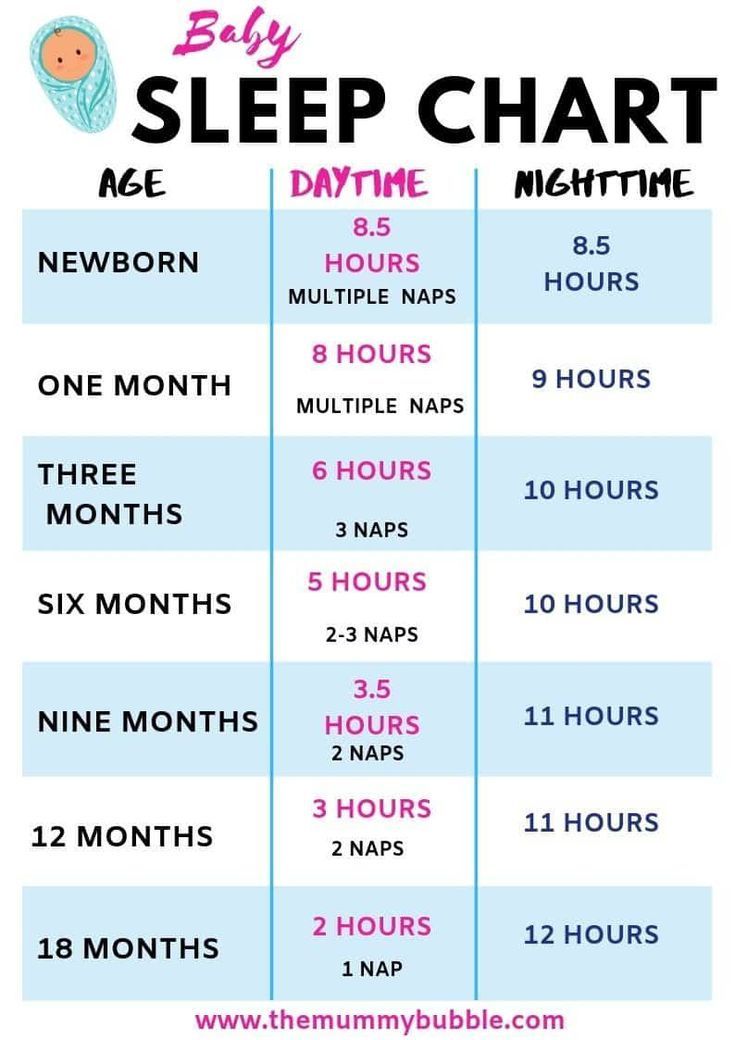 It is not recommended to buy special white noise toys that are placed in the crib, as this is unsafe.
It is not recommended to buy special white noise toys that are placed in the crib, as this is unsafe. -
Even an extra 5-10 minutes can affect the child's well-being this month and lead to more overwork. If this happens, use different ways to calm the baby and put him to bed.
Now is the time to introduce a ritual that will help set the baby to sleep. Daily repetition of activities facilitates the process of falling asleep and improves night sleep. Start by bathing, lightly massage your baby, swaddle, feed in dim light, walk with your baby upright to ease spitting up.
At the end, read a story or sing a lullaby. Separating feeding and falling asleep will help your baby learn to fall asleep on his own in the future, not relying only on the breast. Gradually, food will become part of the ritual, and not the only way for the child to fall asleep.
Lay the baby sleepy, but awake, in the crib, stroking the head and tummy if necessary.
If it’s hard to adjust the baby’s sleep and routine on your own, come to the Club REGIME FROM A TO Z.
How to avoid confusion between day and night
.
When you are awake, take your baby outside, turn on the lights and open the curtains. Let the child be surrounded by familiar everyday sounds while playing.
Avoid bright lights at night, feed and change diapers with minimal light if possible. If the baby wakes up at night, be quiet and do not play with him.
In the table you will find the norms of sleep and wakefulness of a child at 2 months
Feeding and daily routine of a child of 2 months
The daily routine of a 2-month-old baby on breastfeeding and on artificial feeding is almost the same. The only difference is the feeding schedule. Since the mixture is digested more slowly, meals will be less frequent. The feeding regimen should be discussed with the doctor observing the child.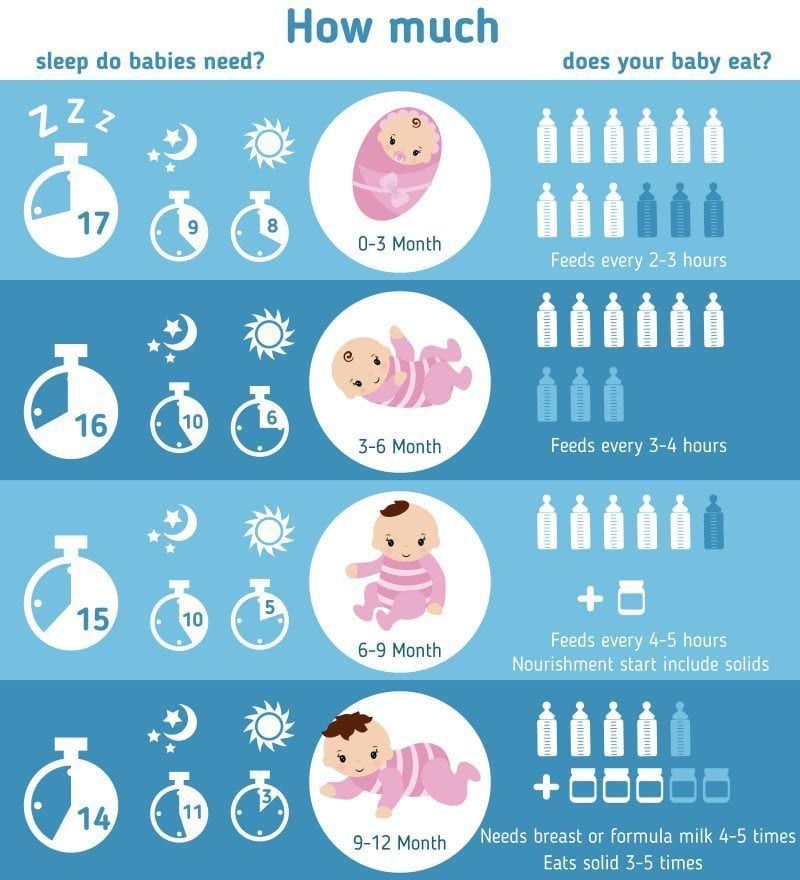 As in the case if the baby was born prematurely or does not gain weight.
As in the case if the baby was born prematurely or does not gain weight.
At two months, the number of attachments with natural feeding during the day is about 6-9, at night - from 2 to 4 times. For a two-month-old baby, about 800-900 ml is enough. milk or 700-750 ml. mixture per day. The menu should not include other fluids while breastfeeding. Feeding on demand usually occurs at 2 months for 15-20 minutes.
A baby of the second month of life has a need for contact with the outside world. He begins to be distracted by environmental stimuli during breastfeeding and eats less milk or formula during the day than he needs. Have you noticed this with your child?
Therefore, offer breasts during sleep and after waking up. And during feeding, retire with the baby in a quiet place, darken the room so that nothing distracts the baby, and offer him the breast in a calm environment.
Baby development at 2 months
At this age, babies develop a reflex that makes them look at their outstretched arms when they wave them.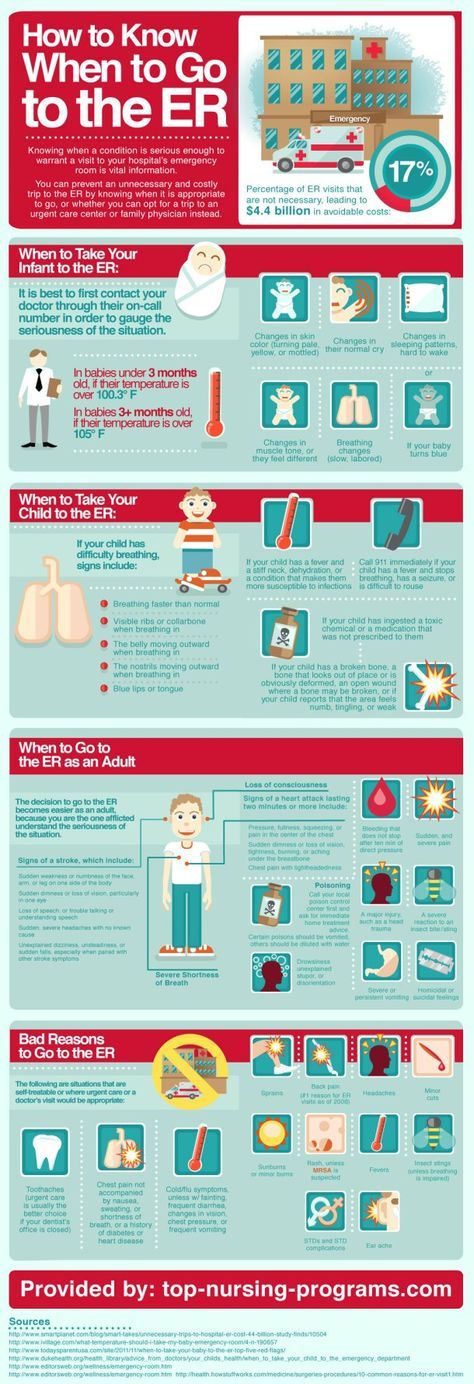 The child gets used to his body and learns it. Surely, your baby loves to take his fingers in his mouth and touch his legs with his hands! And now you will notice the first smile - smile and you will respond in order to establish contact with the child.
The child gets used to his body and learns it. Surely, your baby loves to take his fingers in his mouth and touch his legs with his hands! And now you will notice the first smile - smile and you will respond in order to establish contact with the child.
A 2-month-old baby turns its head to sounds, follows objects with its eyes, holds its head and starts pushing with its arms while on its stomach.
2 months - a period of active development of the child's strength, balance and coordination, which is important for the formation of the baby's motor skills.
During waking hours it is useful to walk in the fresh air with the baby, communicate and play with the child.⠀
Continue to use the developmental mat, on which you can already hang toys, Place them on the sides so that the baby turns his head, follows them and reaches for them. Or read picture books so that the baby also actively follows the story with his eyes.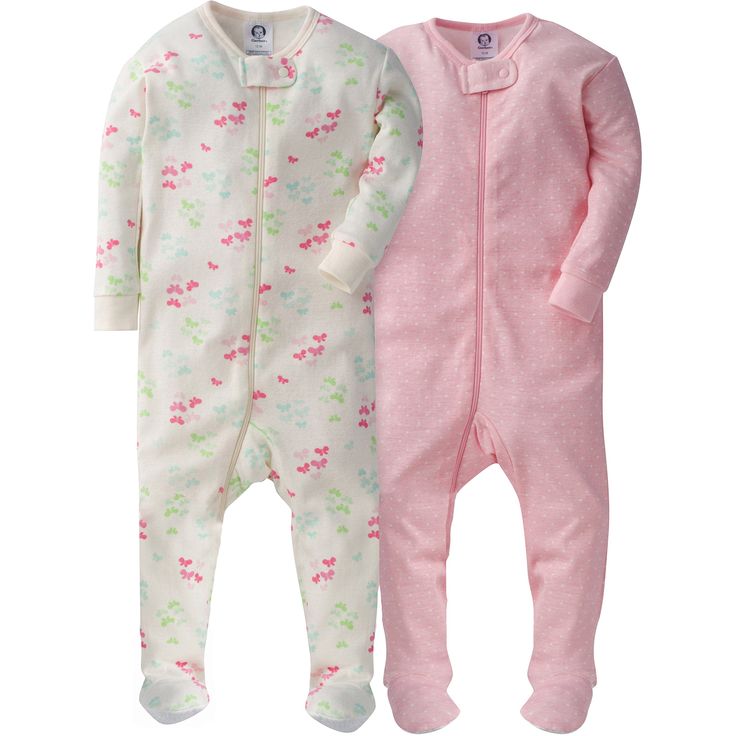 Lay the baby on your stomach. Offer rattles to your child while walking.
Lay the baby on your stomach. Offer rattles to your child while walking.
Share in the comments what daily routine did you have in 2 months? Did you have any difficulties?
Like this article? Rate:
Votes: 366
2 month old baby mode
06/29/2022 Reading time: 5 min 12243
Article content
- Sleep mode
- Feeding schedule
- Walk mode
- What can you do to keep your baby awake at 2 months
At two months, the main period of adaptation for both the mother and the child is behind.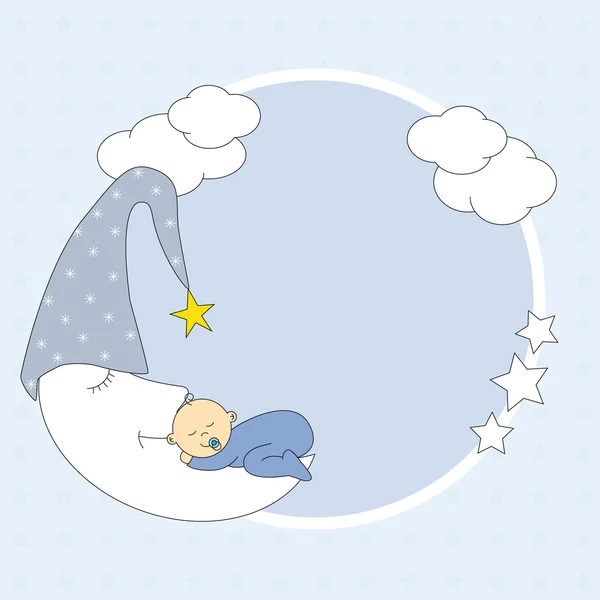 Mom has already learned to recognize the condition and needs of the crumbs by special signals. The kid got used to the new world around him and began to show interest in him. The two-month-old regimen is still taking shape, but a certain rhythm can already be seen in it.
Mom has already learned to recognize the condition and needs of the crumbs by special signals. The kid got used to the new world around him and began to show interest in him. The two-month-old regimen is still taking shape, but a certain rhythm can already be seen in it.
Sleep mode
At two months, the baby is already more likely to fall asleep at the same time every day. Night sleep, as in one month, can be interrupted by feedings. Although periods of wakefulness are getting longer, sleep still takes up most of the day.
Sleep norms in two months - 15-17 hours a day. This is an average of 5-6 daytime sleeps of 2-2.5 hours and about 6 hours of night sleep. If a child sleeps less than 11 hours a day or more than 19 hours, this is a reason to consult a doctor.
At night the child usually eats almost in his sleep. He quickly calms down and goes back to sleep. If the baby is active at night, does not fall asleep after feeding, his daily routine may be disturbed.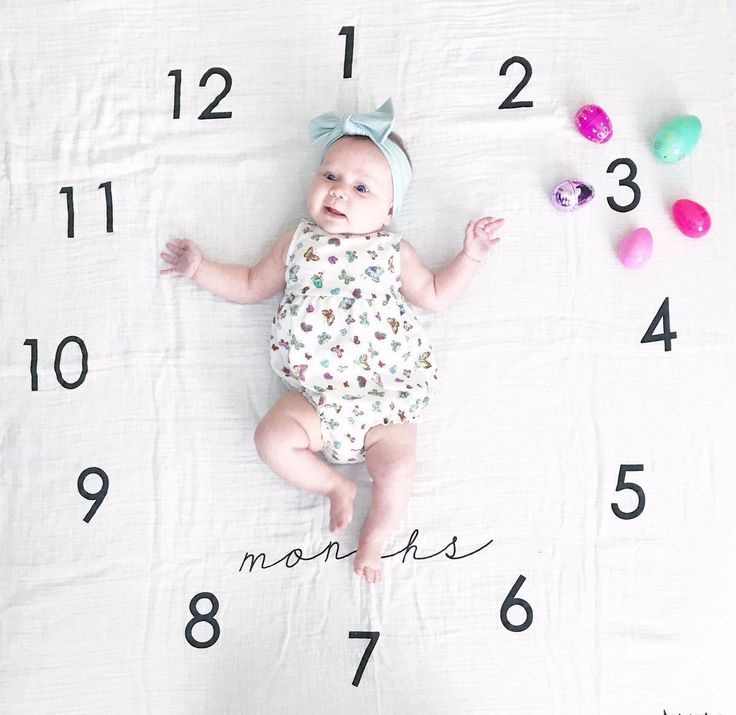 During the day, the baby can sleep too much, and then meet the night cheerful and full of energy. In this case, it is worth switching to a sleep mode for the next age level: reduce one daytime sleep, make wakefulness more active, regularly ventilate the children's room and walk longer in the fresh air.
During the day, the baby can sleep too much, and then meet the night cheerful and full of energy. In this case, it is worth switching to a sleep mode for the next age level: reduce one daytime sleep, make wakefulness more active, regularly ventilate the children's room and walk longer in the fresh air.
Feeding schedule
The daily routine of a 2-month-old child receiving breast milk and a child receiving formula corresponds to the scheme: feeding - wakefulness - sleep.
Breastfeeding provides a less strict feeding schedule. If in the first month of life the child received a breast on demand, then during the second month a more or less well-established scheme of alternating sleep, wakefulness and nutrition is gradually established. The intervals between feedings should gradually lengthen. On average, a two-month-old baby eats every 3 to 3.5 hours.
If everything is in order with lactation, the baby is gaining weight well, then try to at least roughly adhere to this time and not to breastfeed until you are sure that hunger is the source of crying.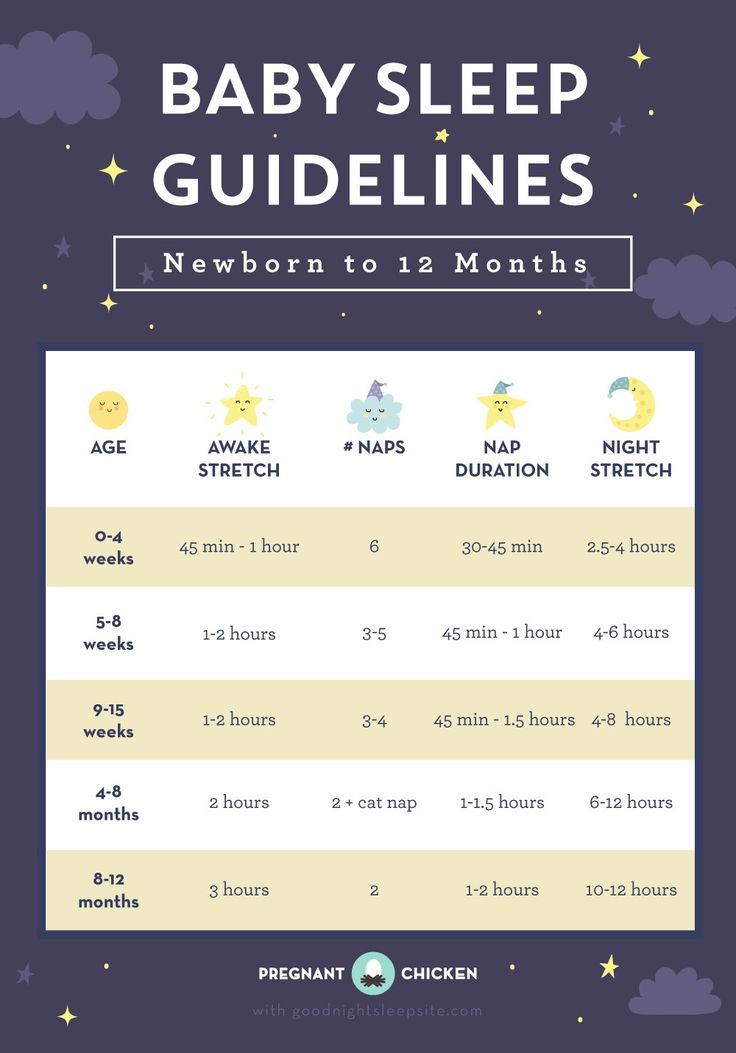 If you suspect that the baby is not full, and your fears are confirmed by insufficient weight gain of the child, then apply it to the breast more often, including at night, and use other ways to maintain and restore lactation. Do not supplement with formula without consulting your pediatrician.
If you suspect that the baby is not full, and your fears are confirmed by insufficient weight gain of the child, then apply it to the breast more often, including at night, and use other ways to maintain and restore lactation. Do not supplement with formula without consulting your pediatrician.
For a bottle-fed baby, the feeding schedule is still strict, according to the schedule. The daily volume of the mixture, calculated taking into account the weight and age of the child, is divided into 6-7 feedings. This is how a single portion is determined. If a 2-month-old baby wakes up at night and makes it clear by crying that he is hungry, keep the night feeding. If he sleeps calmly - do not wake him up, then he does not need additional night food.
Approximate feeding schedule for a 2-month-old baby
06:00 - 1st feeding;
09:30 - 2nd feeding;
13:00 - 3rd feeding;
16:30 - 4th feeding;
20:00 - 5th feeding;
23:30 - 6th feeding;
03:00 - 7th, night, feeding - if necessary.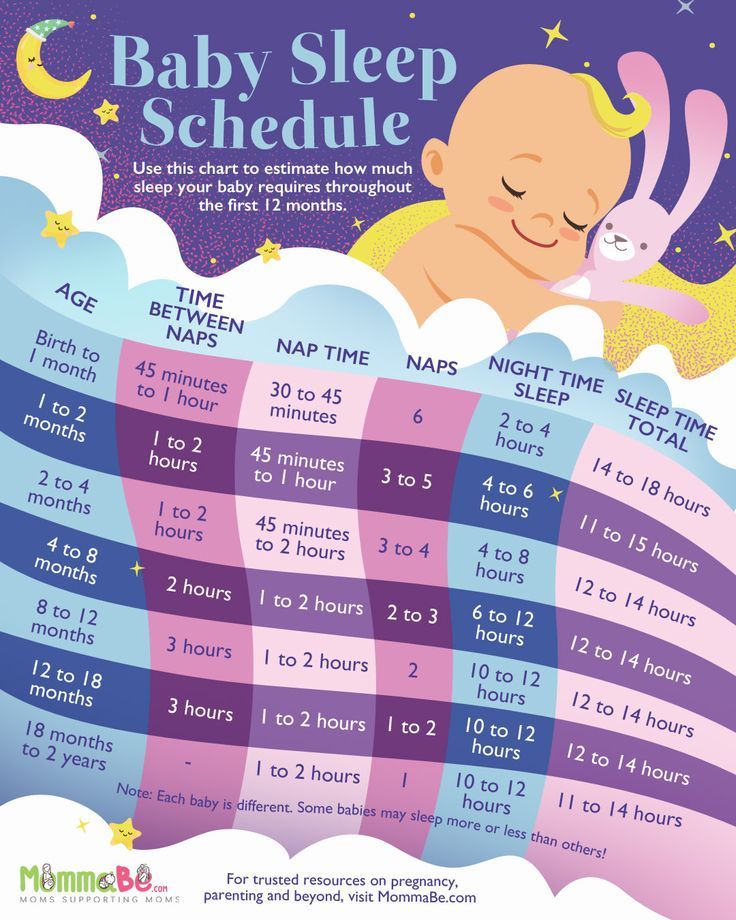
Walk mode
The daily routine of a two-month-old child must necessarily include outdoor walks. Pediatricians recommend spending 5-6 hours outside in cool weather, dividing them into two walks, and walking as much as possible in the summer.
Try to go for a walk at the same time every day. For a two-month-old baby, it is still worth planning for nap time. A measured swaying will quickly lull the baby to sleep, but he still won’t be able to become interested in the surrounding landscape, since you won’t see much while lying in a stroller.
Adjust the duration and number of walks every day, based on the weather outside, the mood of the baby and your well-being. If any of these components leaves much to be desired, replace the walk with sleeping on the balcony or terrace.
What can you do to keep your baby awake at 2 months
At 2 months, the baby can be awake for up to an hour and a half. Of course, just lying in his bed for so long will be boring for him. Wake periods can be used for physical activity, play and age-appropriate activities.
Wake periods can be used for physical activity, play and age-appropriate activities.
In the second month of life, the child begins to make attempts to raise and hold his head. Be sure to put it on your tummy half an hour to an hour before meals or two hours after. This exercise will not only help strengthen the baby's muscles, but will also serve as a prevention of regurgitation, colic and constipation.
At this age, the baby is already able to focus on objects and faces, listens with interest to sounds. Attach a musical mobile to the crib or hang a rattle at the level of the baby's chest at a distance of 30-40 cm. Fix contrasting images on the side of the bed or on the wall - where the child will see them well. The pictures can be animals, plants or just clear patterns - there is not much difference. The kid will not study the world around these images, as long as it is enough that he focuses his eyes and examines the lines.
The main need of a baby at 2 months is the presence of his mother.



